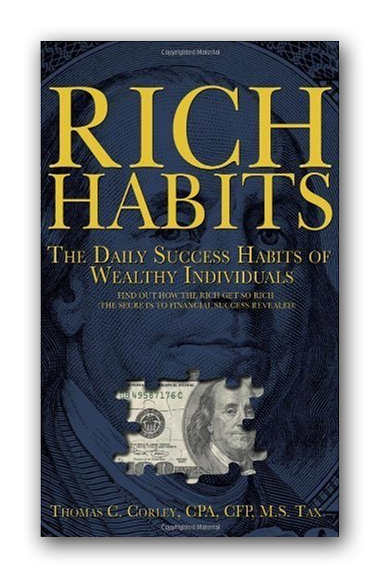
We don’t give much thought to our habits. Most people aren’t even aware of the habits that they have. And that’s a problem because, depending on the study, 40-60% of everything you do every day, is a habit.
The brain creates habits to reduce how much brain fuel it needs to operate. If your habits were an automobile, your habit car would get 100 miles per gallon, compared to other non-habit brain functions, which run at 20 miles per gallon.
Because habits are so important to an efficiently functioning brain, there are many brain regions involved in overseeing habits.
- When you pass a McDonald’s, the image is picked up by your optical nerve and sent to the Insular, which evaluates all external environmental sensory input.
- If the Insular considers the sensory input relevant to your life (think goals/dreams) or urgent (think potential threats), it then forwards that signal to the Reticular Activating System (RAS), which further evaluates the sensory information and makes the final decision on relevance/urgency.
- If the RAS gatekeeper gives an OK, it allows that information to proceed to the next bus stop – the Nucleus Accumbens, the brain’s impulse response department.
- If the Nucleus Accumbens recognizes those arches as a habit Que, it sends an email to the Basal Ganglia. If it recognizes the sensory info as a threat, it sends the signal to the Amygdala, the emotional center of the brain and where fight or flight decisions are made.
- The Basal Ganglia reads the email and if it determines that the environmental info = a habit trigger, it notifies the clump of neurons where the McDonald’s habit resides in the Neocortex (outer layer of the brain) to engage in a habit.
- That group of neurons then comes to life and sends a message to the Dorsalateral Prefrontal Cortex, the brain’s impulse control dept., that it would like to go to work and begin the habit.
- The Dorsalateral Prefrontal Cortex makes an executive decision to engage or not engage in the habit. In other words, the Dorsalateral Prefrontal Cortex has final say over any habit.
- It cancels the habit request by sending a message to the Nucleus Accumbens and the Basal Ganglia to calm down. Basically a cease and desist order is issued.
- If you’re not focused on living a healthy life, or not on some type of diet, the Prefrontal Cortex will not send these two brain regions a message to cease and desist.
- This = a green light to the Basal Ganglia to authorize the engagement of the habit. So, the Basal Ganglia does this authorization by sending a signal to the Cerebellum, telling it to engage in the physical activity required to turn the steering wheel of your car into the McDonald’s parking lot so you can eat some hamburgers and french fries.
All of this takes place instantaneously. Amazing!
So, pay attention to your habits. They put your brain on autopilot for success, wealth and good health. Or, they can put your brain on autopilot for failure, poverty and poor health.
My mission is to share my unique research in order to help others realize their dreams and achieve their goals. If you find value in these articles, please share them with your inner circle and encourage them to Subscribe. Thank You!












Speak Your Mind